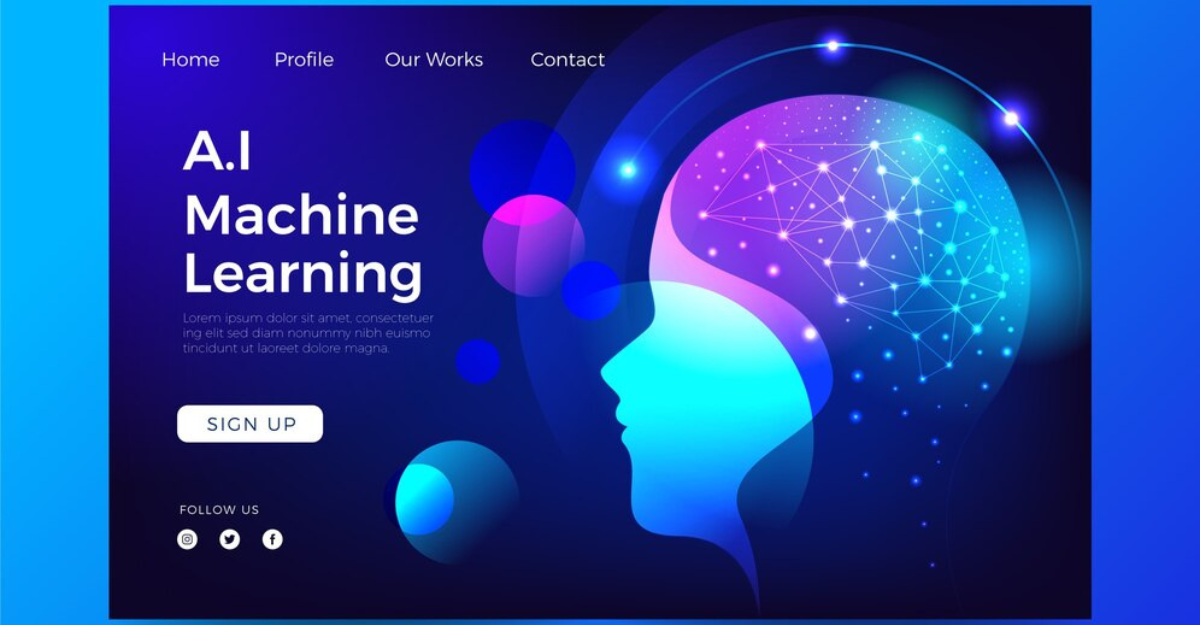Entertainment
Machine Learning: Revolutionizing Technology and Innovation

Machine Learning (ML) is one of the most transformative technologies of the 21st century. It is a subset of artificial intelligence (AI) that enables systems to learn from data and make decisions or predictions without explicit programming. From personalized recommendations to autonomous vehicles, ML is reshaping industries and improving how we interact with technology.
How Machine Learning Works
The foundation of ML lies in algorithms and data. Here’s a step-by-step overview of how it operates:
- Data Collection: ML systems require vast amounts of data, which could be historical records, images, or real-time inputs.
- Data Processing: Collected data is cleaned and structured to remove inconsistencies and ensure its usability.
- Algorithm Training: A model is trained using selected ML algorithms to recognize patterns and correlations in the data.
- Testing and Validation: The model is tested on unseen data to evaluate its performance and accuracy.
- Deployment: Once optimized, the ML model is deployed in real-world applications to generate predictions or automate tasks.
This cyclical process ensures that ML systems improve over time as they encounter more data.
Types of Machine Learning
ML can be categorized into three main types based on how algorithms learn from data:
Supervised Learning
In supervised learning, the model is trained on labeled data where inputs and corresponding outputs are known. For example, predicting house prices based on features like location and size relies on supervised learning.
2. Unsupervised Learning
Unsupervised learning deals with unlabeled data. The system identifies patterns and clusters within the data without predefined outputs. It’s often used for market segmentation and anomaly detection.
3. Reinforcement Learning
This approach involves learning through trial and error. The system receives rewards for correct actions and penalties for mistakes, optimizing its behavior over time. Reinforcement learning powers innovations like robotic control and game-playing AI.
Applications of Machine Learning
The versatility of ML has led to its adoption across numerous industries. Below are some of its most impactful applications:
Healthcare
ML is revolutionizing healthcare by enabling early disease detection, personalized treatment, and efficient patient care. For example, ML models analyze medical images to identify abnormalities like tumors with high accuracy.
Finance
In the finance sector, ML algorithms detect fraudulent transactions, assess credit risks, and automate trading decisions. These capabilities improve efficiency and enhance security.
Retail and E-commerce
ML enhances the shopping experience through personalized recommendations, dynamic pricing, and inventory management. Platforms like Amazon and Netflix leverage ML to suggest products or content tailored to individual preferences.
Transportation
From optimizing delivery routes to powering self-driving cars, ML is transforming the transportation industry. Autonomous vehicles, in particular, rely heavily on ML to interpret surroundings and make real-time decisions.
Education
ML-driven tools are personalizing education by adapting content to suit each learner’s needs. Additionally, automated grading systems and virtual tutors improve accessibility and reduce workload for educators.
Benefits of Machine Learning
ML offers several advantages that make it indispensable for businesses and individuals alike:
Automation of Tasks
ML eliminates repetitive tasks by automating processes, allowing professionals to focus on higher-value activities.
Improved Accuracy
By analyzing massive datasets, ML models can achieve remarkable accuracy in tasks like diagnosing diseases or predicting trends.
Scalability
ML systems can handle vast amounts of data and adapt to growing demands, making them suitable for industries with rapidly expanding datasets.
Challenges of Machine Learning
Despite its immense potential, ML faces several challenges that need to be addressed:
Data Quality Issues
ML models are only as good as the data they are trained on. Inaccurate or biased data can lead to flawed predictions.
Computational Requirements
Training ML models requires significant computational resources, which can be costly and environmentally taxing.
Ethical Concerns
ML raises questions about data privacy, security, and potential misuse. Ensuring ethical practices is crucial for its responsible deployment.
Future of Machine Learning
The future of ML is promising, with advancements continuing to push its boundaries. Emerging trends include:
- Explainable AI: Enhancing transparency by allowing users to understand how ML models make decisions.
- Edge Computing: Bringing ML capabilities closer to users by processing data locally, reducing latency.
- Quantum Machine Learning: Leveraging quantum computing to solve complex ML problems more efficiently.
These developments signal a future where ML becomes even more integral to our lives.
Conclusion
More than just a technical advance, machine learning is a catalyst for innovation in almost every sector of the economy. Machine learning (ML) is making systems smarter and changing how we live and work by learning from data and adjusting to new problems. The potential of machine learning to solve global issues and open up new avenues is boundless as we continue to investigate its potential.
FAQs
Q: What is Machine Learning used for?
Machine Learning is used for tasks such as image recognition, fraud detection, personalized recommendations, and automating complex processes.
Q: How is Machine Learning different from Artificial Intelligence?
Machine Learning is a subset of AI focused on creating systems that learn from data, while AI encompasses a broader range of intelligent behaviors, including reasoning and problem-solving.
Q: What skills are needed to work in Machine Learning?
Key skills include programming (e.g., Python, R), knowledge of algorithms, statistical analysis, and familiarity with tools like TensorFlow or PyTorch.
Q: Can Machine Learning models replace humans?
While ML can automate many tasks, it is designed to augment human capabilities, not replace them entirely.
Q: What industries benefit most from Machine Learning?
Industries like healthcare, finance, retail, transportation, and education are among those benefiting significantly from ML innovations.
-

 Entertainment11 months ago
Entertainment11 months agoMoviesRulz: Your Ultimate Guide to Streaming Blockbusters Online
-

 Sports10 months ago
Sports10 months agoReddit Soccer Streams and Alternatives for Sports Fans
-

 Sports11 months ago
Sports11 months agoViprow.us.com Odds: Understanding Sports Betting Benefits
-

 Buisness10 months ago
Buisness10 months agoPokémon Infinite Fusion Calculator: Your Ultimate Guide
-

 Education10 months ago
Education10 months agoHow to Use JoinPD Engaging Classroom Experiences
-

 Entertainment11 months ago
Entertainment11 months agoNhentai.nef: Understanding Its Role and Impact in Digital Media
-

 Entertainment10 months ago
Entertainment10 months agoIncestflix: Understanding the Controversy and Its Implications
-

 Buisness10 months ago
Buisness10 months agoThe Online Market Business in the UK: Statistics, Growth and Opportunities
